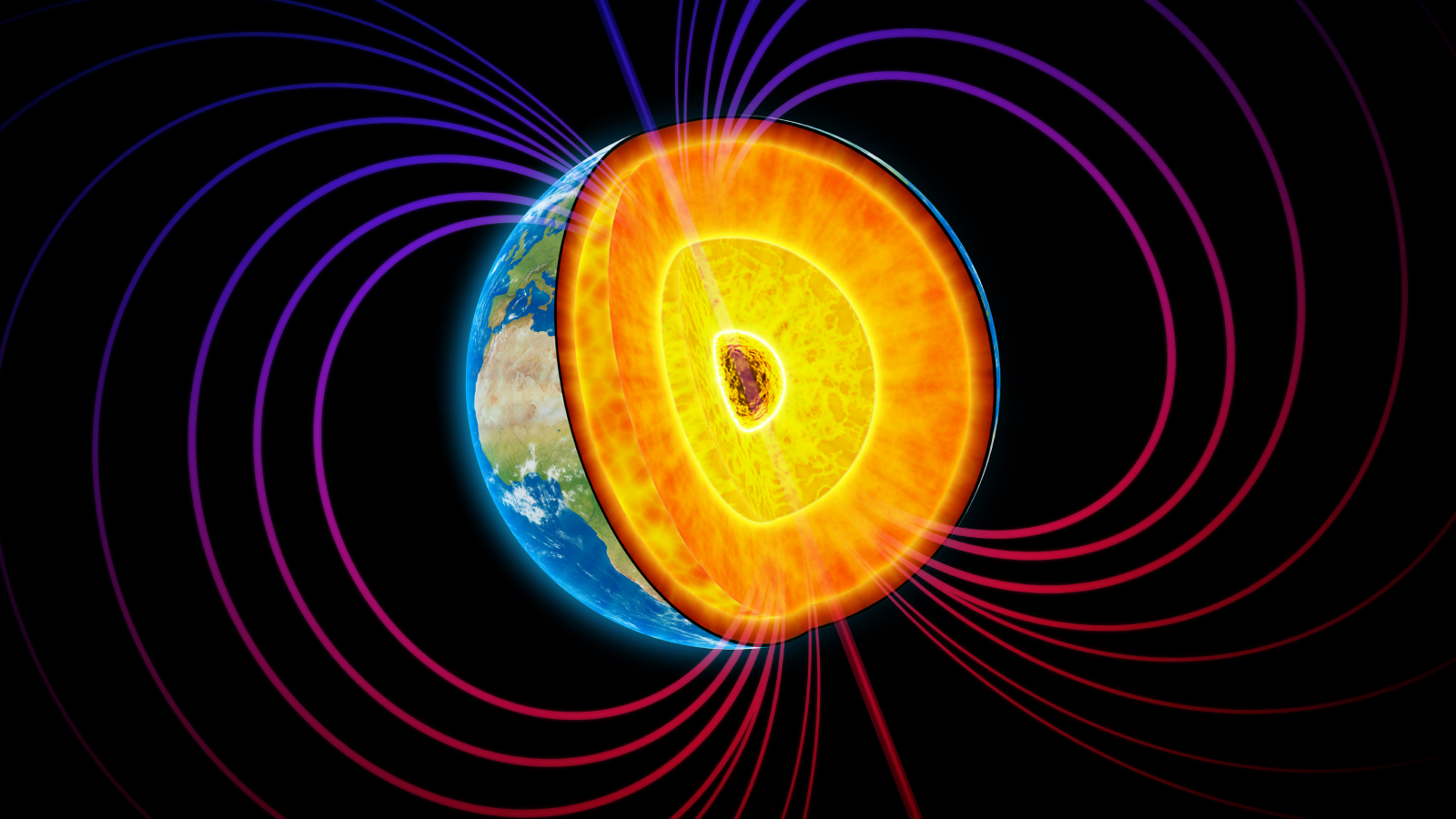Applied Sciences, Vol. 14, Pages 5783: Enhanced Epileptic Seizure Detection through Wavelet-Based Analysis of EEG Signal Processing
Applied Sciences doi: 10.3390/app14135783
Authors: Sebastián Urbina Fredes Ali Dehghan Firoozabadi Pablo Adasme David Zabala-Blanco Pablo Palacios Játiva Cesar Azurdia-Meza
Epilepsy affects millions worldwide, making timely seizure detection crucial for effective treatment and enhanced well-being. Electroencephalogram (EEG) analysis offers a non-intrusive solution, but its visual interpretation is prone to errors and requires a lot of time. Many existing works focus solely on achieving competitive levels of accuracy without considering processing speed or the computational complexity of their models. This study aimed to develop an automated technique for identifying epileptic seizures in EEG data through analysis methods. The efforts have been primarily focused on achieving high accuracy results by operating exclusively within a narrow frequency band of the signal, while also aiming to minimize computational complexity. In this article, a new automated approach is presented for seizure detection by combining signal processing and machine learning techniques. The proposed method comprises four stages: (1) Preprocessing: Savitzky–Golay filter to remove the background noise. (2) Decomposition: discrete wavelet transform (DWT) to extract spontaneous alpha and beta frequency bands. (3) Feature extraction: six features (mean, standard deviation, skewness, kurtosis, energy, and entropy) are computed for each frequency band. (4) Classification: a support vector machine (SVM) method classifies signals as normal or containing a seizure. The method was assessed using two publicly available EEG datasets. For the alpha band, the highest achieved accuracy was 92.82%, and for the beta band it was 90.55%, which demonstrates adequate capability in both bands for accurate seizure detection. Furthermore, the obtained low computational cost suggests a potentially valuable application in real-time assessment scenarios. The obtained results indicate its capacity as a valuable instrument for diagnosing epilepsy and monitoring patients. Further research is necessary for clinical validation and potential real-time deployment.

 2 months ago
23
2 months ago
23


